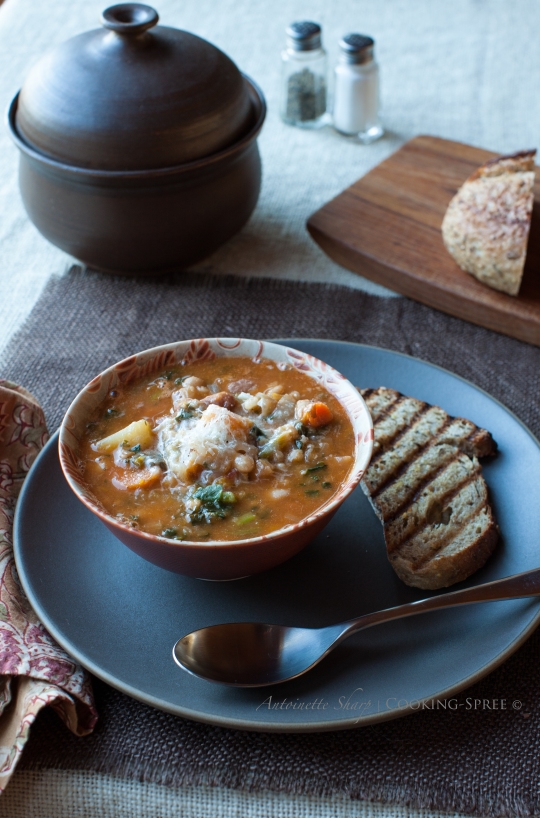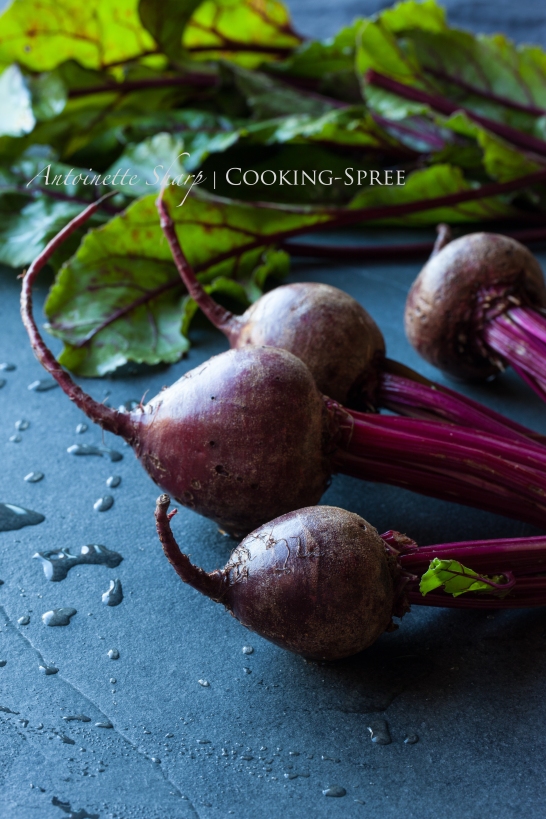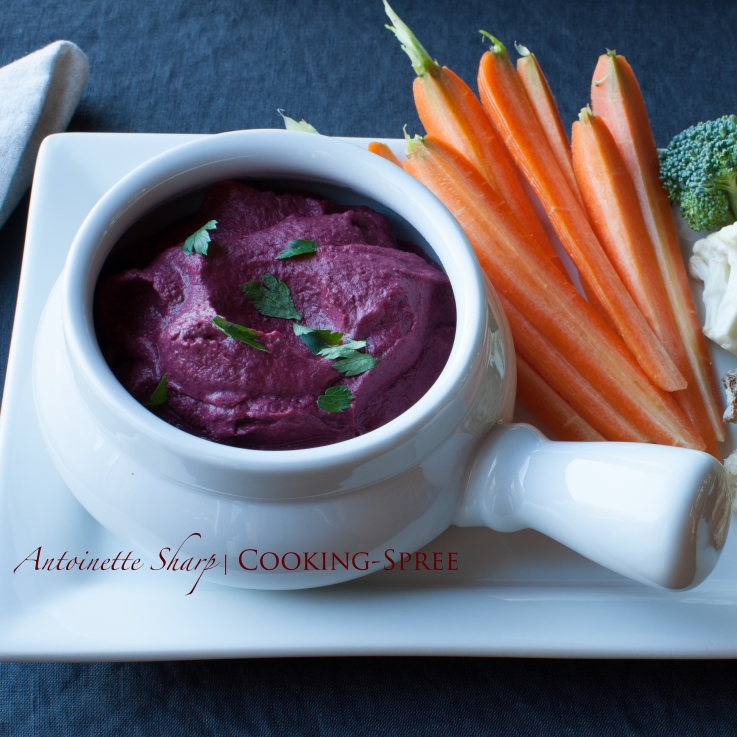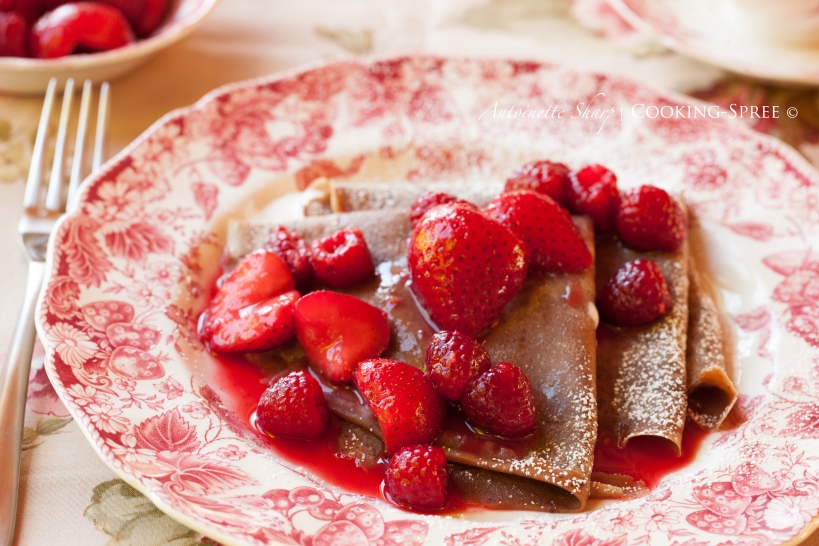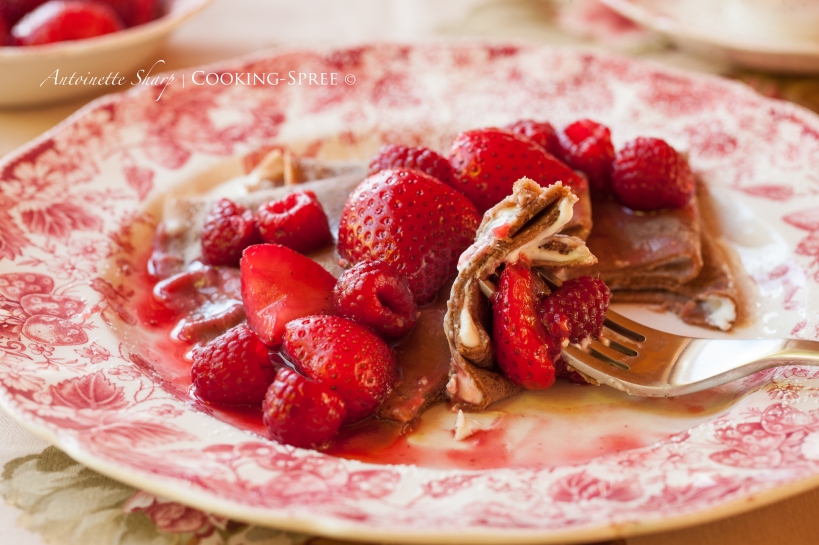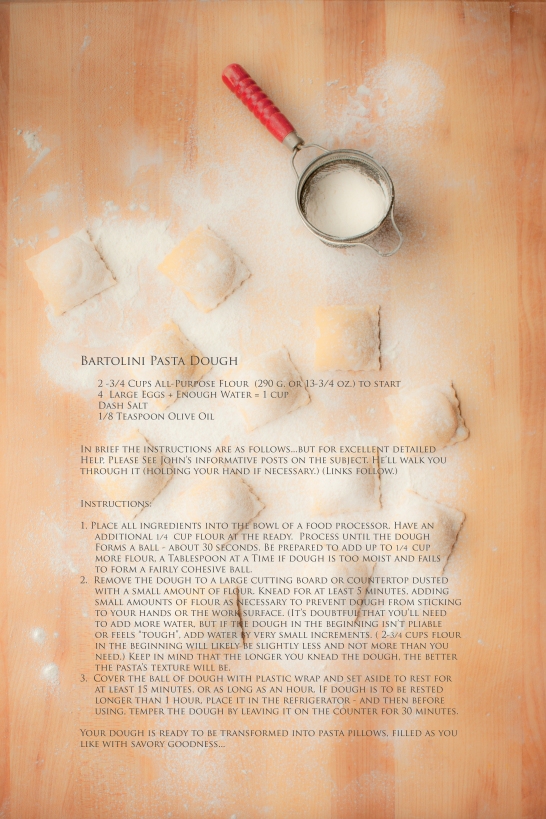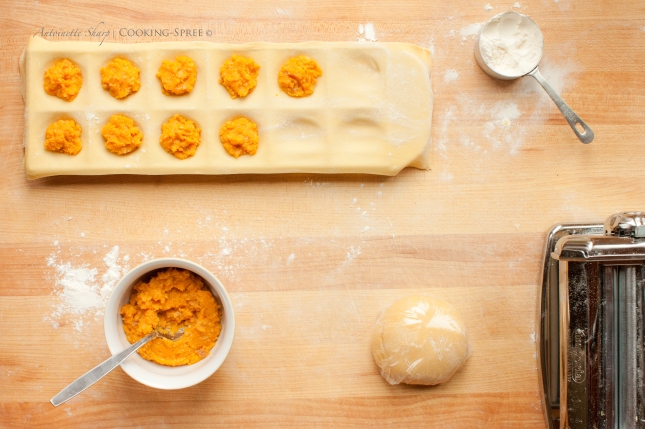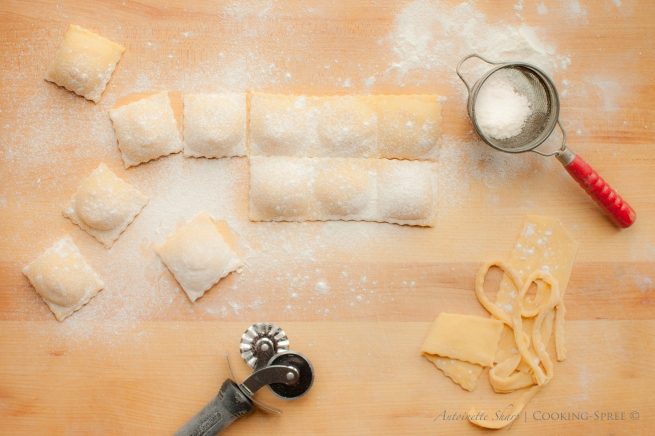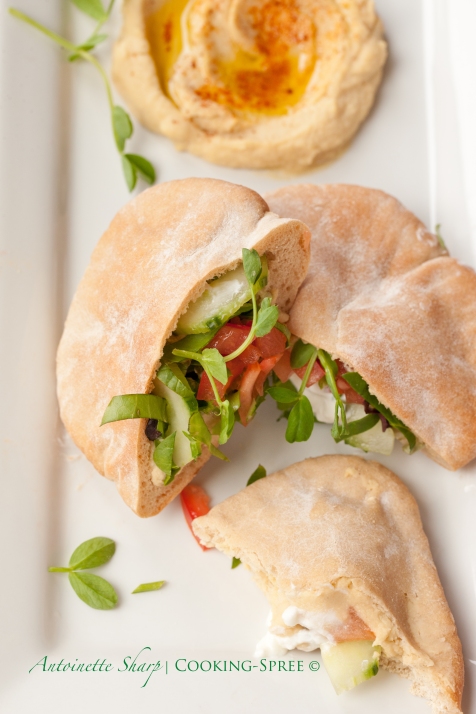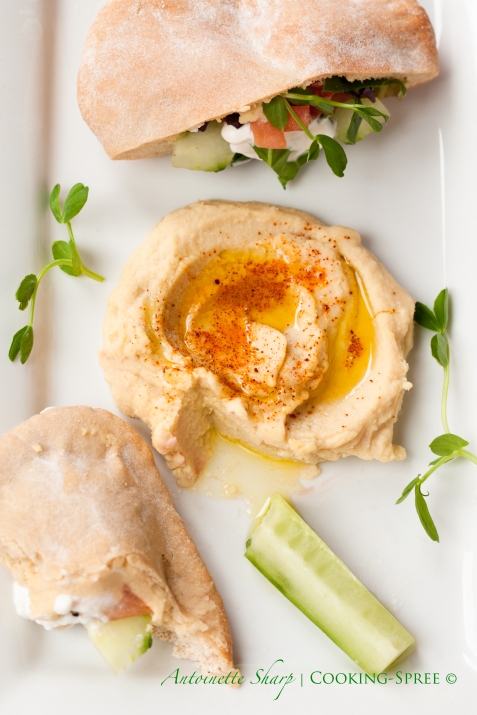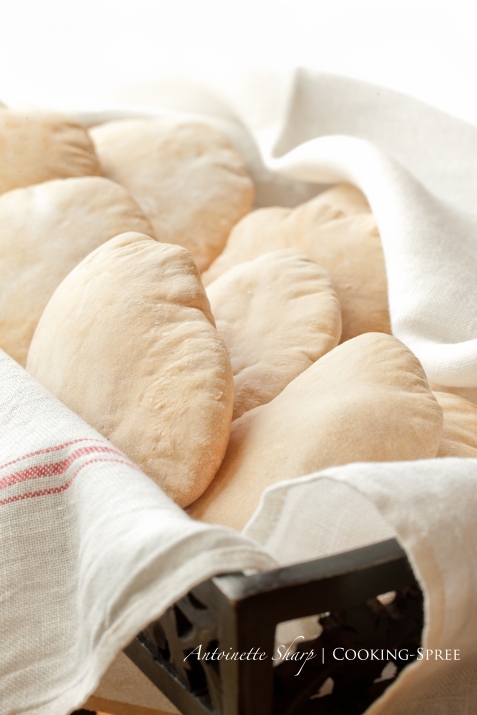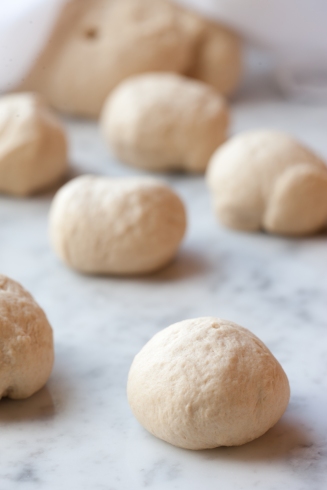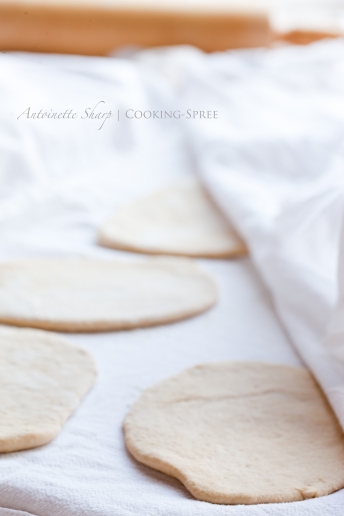Several years ago, three of us went to a newly-opened restaurant here in Portland by the name of Fin. Great name for a (primarily) fish restaurant, no? One plate after another was brought to us, bearing exquisite-tasting and exotic-looking creations, works of culinary art, in very small portions…each with just a few bites to share. We saw one on this tasting menu using “Squid Ink Pasta” and our eyebrows went up and our eyes grew wide and we looked at each other with question marks across our foreheads that read, “Dare we?” We did! And what a good move that turned out to be!
About a year later, Fin closed its doors…lost its lease, through no fault of its owners…the landlord just wanted another and quite different use for the property. We have so many very good restaurants in Portland, but we were sad to see Fin go.
How I’d like to thank them for first introducing us to this intoxicatingly delicious, love at first bite, pasta. The one thing I know to do is to share the good noodle news with you’s!
This wasn’t the way it was prepared for us the first night we dined at Fin, but I’ve been thinking of preparing it like this for quite some time. And, turns out, it was as good as a very good food dream can be.
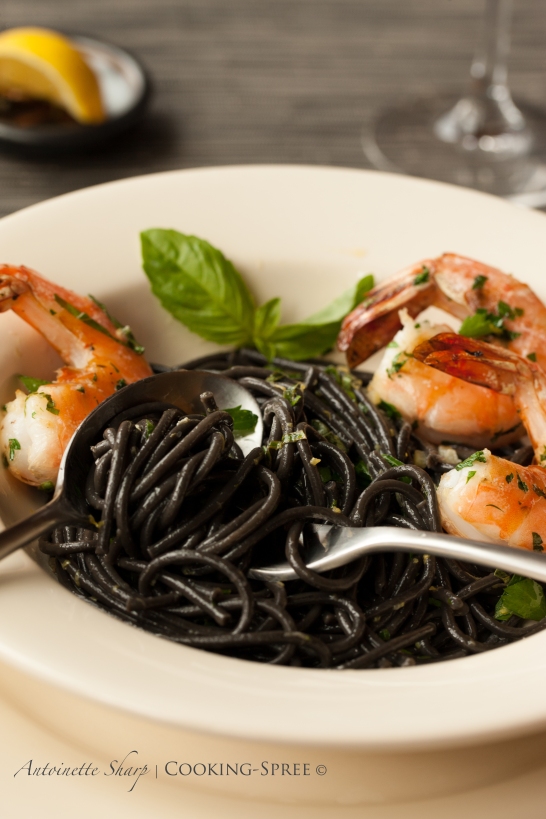
Before we get to the recipe, a word about the pasta. It’s hard to imagine, isn’t it? Pasta as black as winter’s midnight! It still has the tooth-feel of a good spaghetti or fettucini noodle, but with a certain inexplicable velvety silkiness. Don’t think for a minute that I mean slippery like an eel! I mean smooth (and please, when you say it, say it slowly, drawing out those oo’s!) It tastes a bit of the sea, a little briny, but not salty. It will cost you a little more, and it may be hard for some of you to find, depending on your markets nearby, but it’ll be worth the hunt and worth a few extra dollars (only a few!) for a meal…this…this..indescribably good. (If you have trouble locating the pasta locally, you can order from Amazon. There are several names and sizes to choose from. Here’s one Italian brand I like a lot – the link here.)
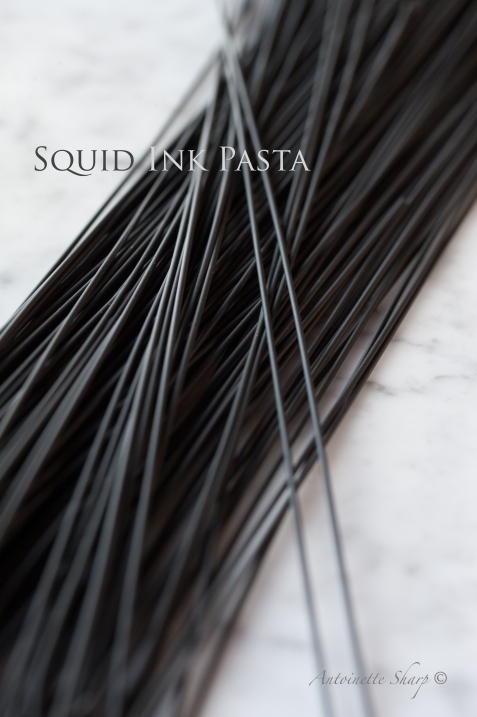
I recently discovered a wonderful article in Cooks Illustrated on how to prepare (perfect, yes I’ll use the word) shrimp under the broiler. Being thus equipped, it was a cinch to put these two together. You’d have done it too…
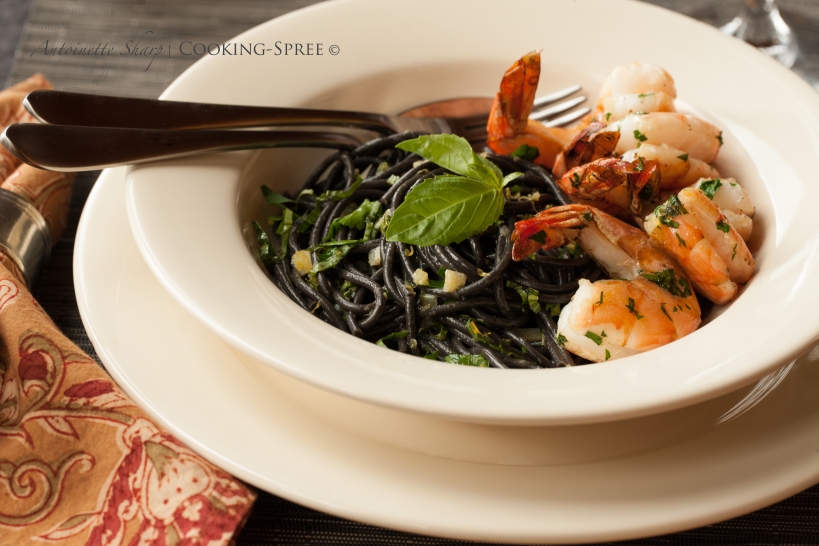
Shrimp & Squid-Ink Pasta with Lemon & Basil
This all comes together pretty quickly…once you get those rascally shrimp clean and deveined. But be sure to leave the shells and tails on…lots of good flavor in those shells, and they share it with the shrimp as they cook. (Though of course you’re permitted to take them off before you eat.) The cleaned & butterflied shrimp are then dropped into a brine for 15 minutes before cooking. That will give you plenty of time to gather the rest of your dinner.
Garlicky Roasted Shrimp
( serves 4 to 6 )
____
Salt – ¼ cup
Shell-on Jumbo Shrimp – 2 pounds (16-20 per lb)
Unsalted Butter – 4 Tablespoons
Vegetable Oil -¼ cup
Garlic – 6 cloves, minced
Red Pepper Flakes – ½ teaspoon
Black Pepper – ¼ teaspoon
Fresh Parsley – 2 Tablespoons minced
Garnish: Lemon Wedges
_____
Dissolve salt in 1 quart cold water in a large container. (It will take you some long minutes to prepare the shrimp so I wouldn’t add to the brine until you’ve got them all done so they’re all flavored equally.)
Using kitchen shears or a sharp paring knife, cut through the shell and devein but do not remove the shell. Using a paring knife, continue to cut the shrimp ½-inch deep, taking care not to cut in half completely. (See Illustration.)

Submerge the shrimp in brine, cover, and refrigerate for 15 minutes.
Adjust oven rack 4 inches from broiler element and pre-heat the broiler. Combine melted butter, oil, garlic, pepper flakes, and pepper in a large bowl. Remove shrimp from brine, pat dry with paper towels then add shrimp, along with the parsley, to the butter mixture. Toss well, making sure that the butter mixture gets into the interior of the shrimp. Arrange on a wire rack set into a rimmed baking sheet.
Broil until shrimp are opaque and shells are beginning to brown on the top side, 2 to 4 minutes, rotating sheet halfway through the broiling. Then flip shrimp over and continue to broil until second side is opaque and shells are beginning to brown, another 2 to 4 minutes, rotating halfway through. (Very doubtful this will require anything close to 8 minutes total time!)
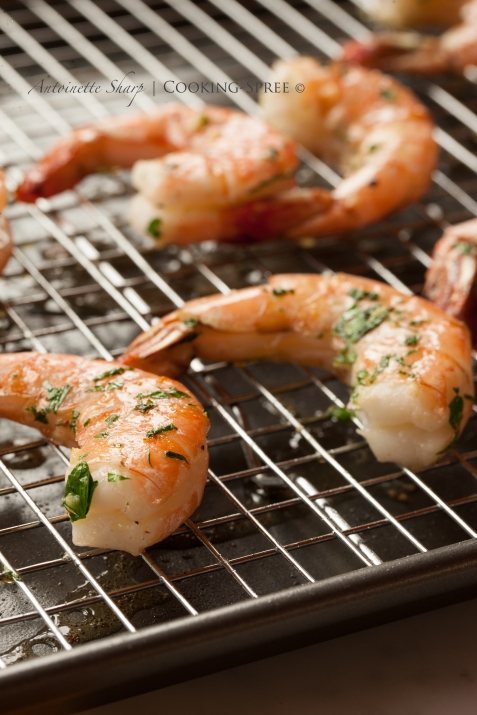
You may think now to plop these beauties onto pasta – and how lucky! That’s the very thing I’m recommending!
____________________________________________
the pasta!
I’ve paired this pasta with a couple herbs and with lemon, three ways – the tart juice, the bright zest, and the Incomparable Preserved Lemon. (You can omit the preserved lemon if you wish, but I don’t know why you would! : ] If you still haven’t made your own, you can buy them already prepared. In an upcoming Spreenkle I’ll share a quick trick for making a reasonable facsimile much faster in your freezer – or Google it and you’ll see the method. I still prefer the slower method though.)
Squid-Ink Pasta with Lemon & Basil
( serves 4 with shrimp )
__________
Squid-Ink spaghetti, fettucini, linguini, capellini (your choice) – 8 ounces
Juice of 1½ – 2 Lemons
Lemon Zest – from the juiced lemons
Preserved Lemon (the rind only, finely-diced) – from ½ lemon – rinsed well, pulp removed
Unsalted Butter – 3 Tablespoons
Extra-virgin Olive Oil – 3 Tablespoons
White Wine – a good Splash
Basil Leaves – 16 medium to large ones
Italian Parsley – 1½ Tablespoons chopped
Salt – to taste
Freshly-ground Pepper – to taste
________ Read more
 Measure out the other spices and have them ready to add all at once.
Measure out the other spices and have them ready to add all at once.

















